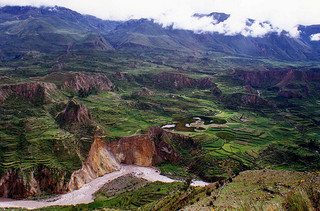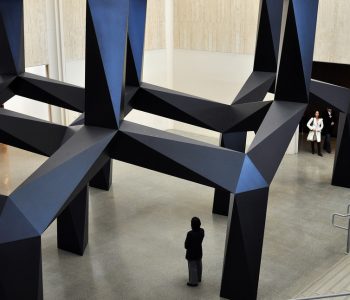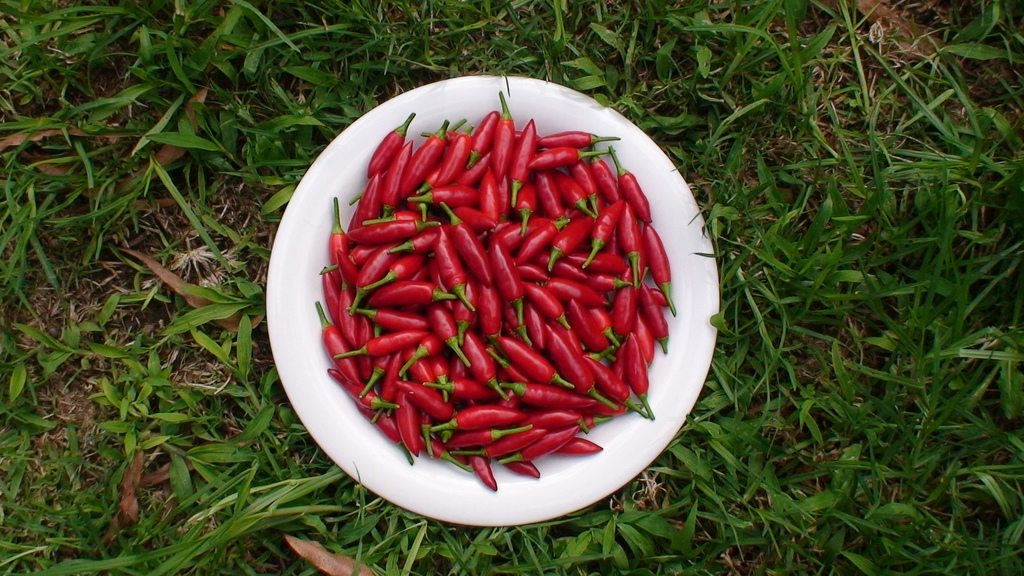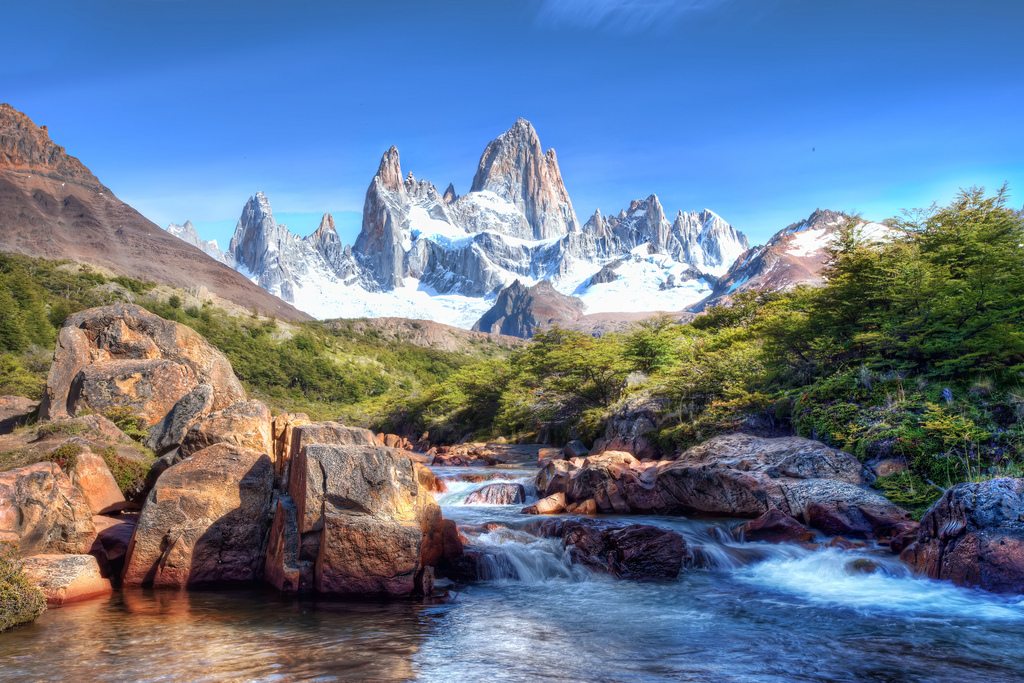
On Top of the Techo: Building Homes in Latin America
If you’re looking for a memorable way to practice your Spanish while traveling through South America, forget about your hostel’s living room. Building a house with strangers in three days, without power tools, might be the best way to improve your language skills – and gain a little insight to life in a city’s outskirts.

Techo works para superar la pobreza, improving the quality of life for families living in slums throughout Latin American and the Caribbean. The organization, with translates to “roof,” pairs volunteers with home recipients to construct a one-level house in the matter of a weekend.
While in Argentina, a few friends and I sign up together to volunteer for a massive three-day, 200-house build. We meet in the Capital Federal before receiving assignments to different construction sites. I land in the Santa Marta province of Buenos Aires.
Our first morning, we depart to meet the recipient families at seven a.m. The sun rises like a melted creamsicle popsicle dripping light across the muddy, puddle-stricken barrio. We carry a water jug, three shovels and a plastic piping straw that will serve as our measurement tool. Dozens of neighborhood dogs accompany us, running through the mushy dirt road until each team of three reaches the right address.
We meet Gladys. Her family is Paraguayan. They immigrated piece by piece but have each called Argentina home for five to eight years and live in various houses on the same block. Gladys lives in a concrete and crumbling brick house with her mother and six children. The small two-room structure sits behind her sister’s home on the same property, which is also packed full with two infant grandchildren. We size-up the space we have to work with: a garbage-strewn mud pit between the two houses with zigzagging clotheslines and a mixed-material fence through the middle.

The foundation comes first. We dig holes for 15 in-ground wooden poles that will support the floorboards. I move the mud around with a shovel, reaching toward rocky layers of earth. It isn’t until our construction leader is lying in the mud – in the rain – with one arm deep in the ground, digging with his bare hands, that I realize, Techo no es chiste (seriously, no joke)
The family’s support is endless. Gladys’ nephew and brothers-in-law dig with us in the rain, prop up entire walls, balance on the roof frame, and seal in the insulation beneath the roof. Gladys and her sister greet us each morning with mugs of sugary-sweet instant coffee and serve us heaping piles of rice, baked chicken and sopa paraguaya for lunch. The latter is a dense, rich cornbread so delicious that I eat three pieces without any semblance of self-control. My stomach aches for at least 24 hours.
Sometimes we take a break to buy churros from a traveling salesman or sit on a plastic lawn chair with a glass of orange soda, soaking in the afternoon sun. Other times the Techo supply truck breaks down and we have to carry huge floorboard sections for three or four blocks. We strain our muscles, but our arms are stronger for it.
After we’ve slammed the last heavy nail through the metal roof, the painting begins. Since we don’t have paintbrushes, we use sponges (or rather, torn-up foam from an old mattress). Gladys chooses violeta. She has five daughters and one son, so the votes for pale purple outnumber those for white or blue. As the last sections are coated, a guerra de la pinta breaks out – a paint war – and almost every kid on the block has a purple and white-covered face.
At night, volunteers sleep on a concrete floor in a primary school. We eat polenta with salsa at midnight, don’t shower, chase dogs out of classrooms, slip around in the mud, and build a house with a family that thanks us with tears and huge hugs. To say the least, we return home – wherever that may be – with more than just paint-splattered T-shirts and dirt under our fingernails. And other than the sopa paraguaya, I’d do it all again.











